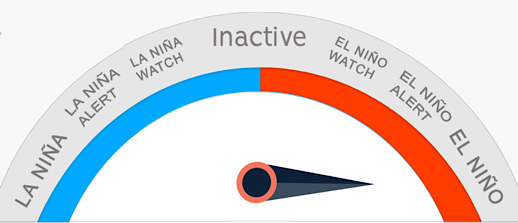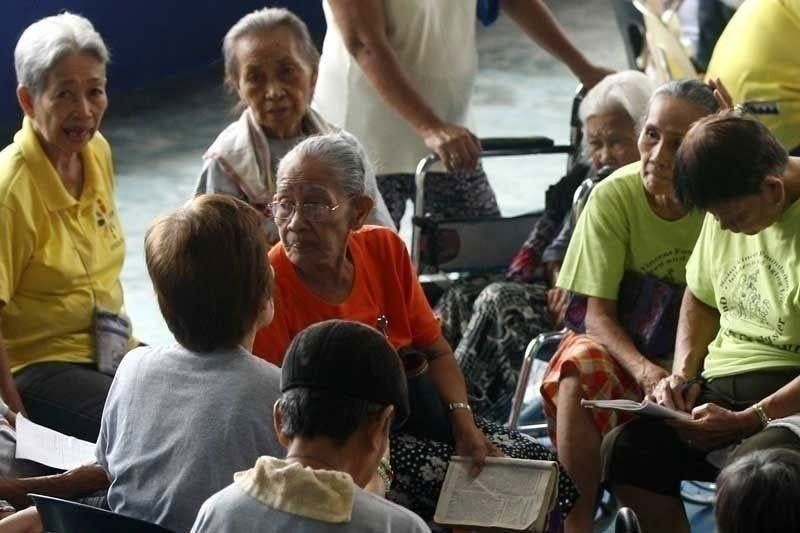
MANILA – The El Niño conditions in the tropical Pacific Ocean have strengthened from “weak” to “moderate,” the Philippine Atmospheric, Geophysical and Astronomical Services Administration (PAGASA) said in a climate outlook forum on Wednesday, Aug. 23.
PAGASA said a “moderate” El Niño event is currently occurring in the tropical Pacific and is predicted to further intensify in the next few months, possibly into a “strong” episode.
Its increasing intensity is a reflection of its growing impact on the climate pattern and its resulting effects.
El Niño is a climate phenomenon characterized by the unusual warming of surface waters in the eastern equatorial Pacific Ocean, resulting in below-average rainfall, causing dry spells, and droughts in some areas of the country.
Although El Niño brings below-average rainfall, PAGASA said “above-normal” rainfall conditions may still occur in the western part of the country during the southwest monsoon or “habagat” season, which runs from May to September.
Peak of El Niño likely between November 2023 and January 2024
PAGASA said the widespread impact of El Niño will probably be felt as early as October 2023, when the southwest monsoon season begins to weaken.
El Niño’s effects may persist until February-March-April 2024, with a “strong” event possible during its peak between November 2023 and January 2024, it added.
According to PAGASA-Climate and Agrometeorology Division Assistant Weather Services Chief Ana Liza Solis, a weak El Niño is like having a low-grade fever or “sinat,” a moderate El Niño is like having a moderate fever, and a strong El Niño is like having “convulsions,”
“Kapag may strong El Niño, mas nagproprolong ang effect nito. Posible makaapekto pa sa next dry season months ng 2024 (When an El Niño is strong, its impact will last longer, possibly affecting the next few months of the dry season in 2024,” she said.
PAGASA said there is a 40 to 50 percent probability of “below-normal” rainfall throughout the country by October.
Luzon may experience “below to near-normal,” while Visayas and Mindanao may have “near-normal” rainfall.
According to PAGASA, there is a 50 to 70 percent chance of below-normal rainfall in most parts of the country from November to December. (MB)







